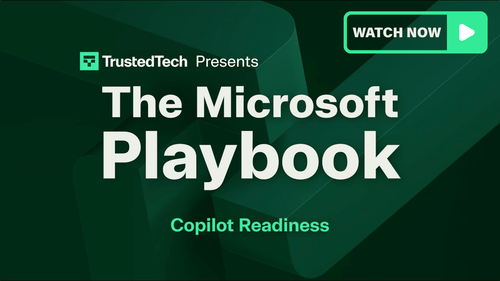IT managers should carefully assess several technical factors that could impact the success of implementing Microsoft’s Intune. Before starting the Intune Readiness Assessment, let’s review the three key technical areas to consider before deploying Intune.
Analyze your Device Management Infrastructure
When was the last time you thoroughly reviewed your device inventory? Are you still using outdated hardware like 2013 OptiPlex machines or holding onto stale BYOD entries that were registered once and then forgotten? If you plan to adopt Intune, now is the time to evaluate whether your current device fleet will remain viable for the next 5–10 years. Particularly in hybrid environments, it’s essential to clean up outdated or inactive devices in Microsoft Entra ID and conduct proper maintenance to ensure a secure and manageable rollout.
Key Point
- Consider if Intune is your primary UEM (unified endpoint management) solution and if you want to consolidate or migrate to Intune. When was the last time you did a device review?
Evaluate Your Microsoft Entra ID Topology
If you operate in a hybrid cloud environment, it is essential to regularly review your Microsoft Entra ID tenant configuration and sync health. Ensure Entra Connect is current and the intended devices are included in the synchronization scope. Pay close attention to device join types, whether Entra hybrid joined or Entra registered, as they directly affect deployment, policy enforcement, and profile targeting. Maintaining this alignment ensures accurate identity reflection and dependable management throughout your environment.
Key Point
- Verify your tenant configuration, synchronization health, and authentication methods to support modern management requirements.
Understand the Cybersecurity Risks
This is especially important in a world with emerging cybersecurity threats, vulnerabilities, and increasing AI use. It is vital to understand all aspects of data governance. Are we protecting our users and their devices? The organization is responsible for ensuring that every device used by users is appropriately safeguarded against all potential cyber threats. Regarding identity, techniques like conditional access are essential, and this also applies at the endpoint level. This is particularly important with the rise of BYO AI, where users employ tools like ChatGPT and upload company data from their corporate devices. This situation is a high priority; we must carefully understand and address it.
Key Points
- Consider different vulnerabilities to protect your environment at the device level
- Data governance is key due to the increasing adoption of BYOD and growing shadow AI trends
Conclusion
Before deploying Microsoft Intune, taking the time to think and assess your technical environment isn’t just best practice; it’s essential for long-term success. Ensuring your device inventory is current and manageable, your Microsoft Entra ID configuration is healthy and aligned with hybrid realities, and your cybersecurity posture is proactive will prevent costly mistakes later. Intune can be a powerful tool, but only when built on a solid foundation. For IT professionals leading this transition, due diligence in these three areas is not optional; it’s the difference between a smooth rollout and a firefight. Prepare wisely, and you’ll position your organization for secure, scalable, and efficient endpoint management.
Intune JumpStart: Deploy Microsoft Intune with Confidence in 5 Days or Less
Ready to modernize your device management fast?
Our Intune JumpStart service is your IT team’s fastest path to success with Microsoft Intune. No guesswork. No headaches. Just secure, scalable device management in five days or less.
We’ll guide you through every step from planning to pilot deployment, ensuring your environment is optimized for security, compliance, and long-term manageability.
✅ Expert-led setup
✅ Hands-on workshops
✅ Scalable policies and app deployment
✅ Documentation and knowledge transfer















